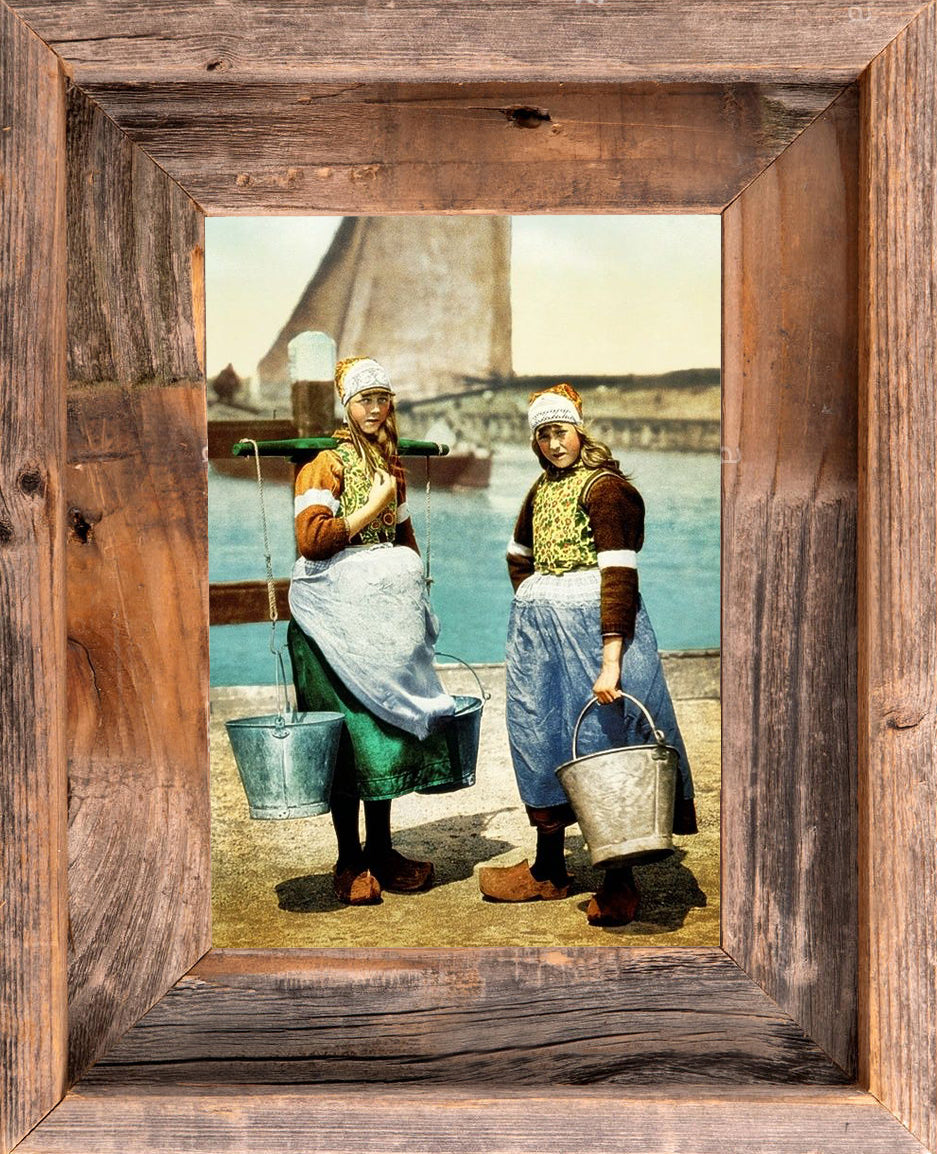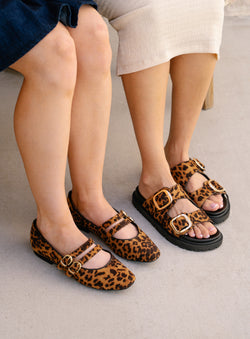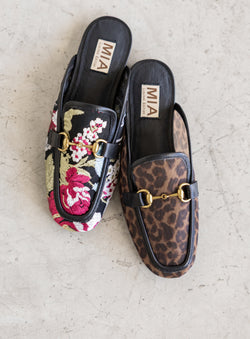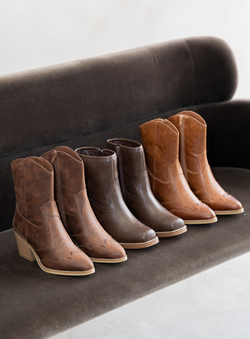Clogs: The History of the Cult Classic
We can’t date back the exact origin of the wooden clogs, but there is evidence to show that it was worn throughout Europe as far back as 1230AD.

Commonly worn across Scandinavia, France, and Northern England, the clogs were originally considered a cheap commodity due to its inexpensive yet durable materials.

 Even though all wooden clogs are designed from a single block of wood, they are divided into three specific styles:
Even though all wooden clogs are designed from a single block of wood, they are divided into three specific styles:
WOODEN UPPER: What most people imagine when referring to ‘wooden shoes’ where the whole foot is covered providing enough protection to be considered safely footwear.
WOODEN SOLES: This is the style that most people wear today, where wood is used only for the sole and the upper consists of another material, commonly leather and other similar materials.
OVERSHOES: Uncommon today, these are the ones that are worn over other footwear for protection which has evolved into the common day galoshes.
Clogs were once the go-to shoe for the fellow worker (including those working in the fields) due to the protection that it gave to the wearer.

It was during the Industrial Revolution that ‘clogging’ was born; originating from when workers would tap it out across factory floors.

Clogs rose to fame in the 1970’s, spearheaded by renowned musical talent: ABBA who made the shoe style more commercial by giving it a unisexual appeal.

You may also like
-
Spring Fever - March Dates Not To Be Missed
-
Purple Reigns: 2018 Pantone's Color of the Year











